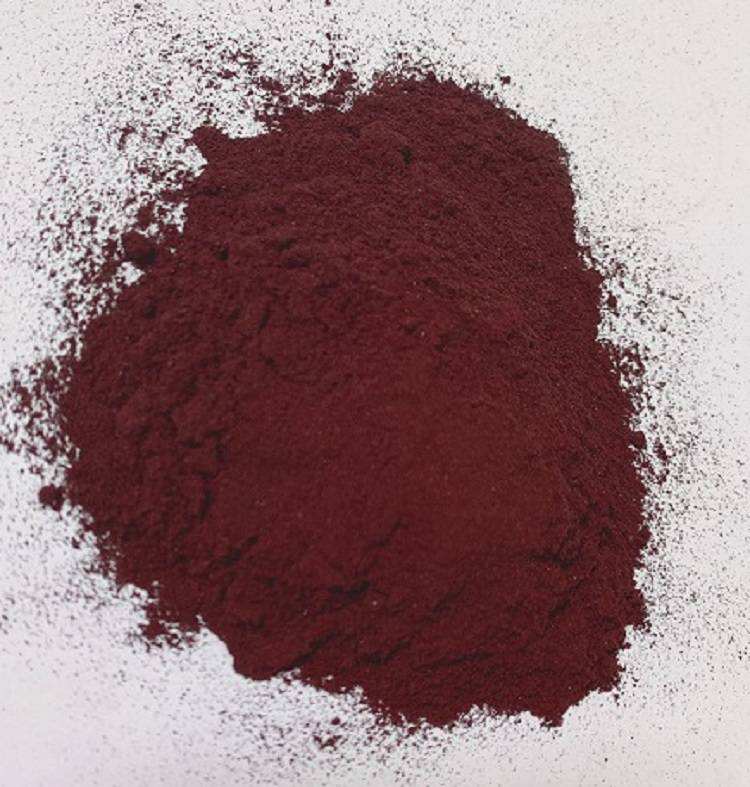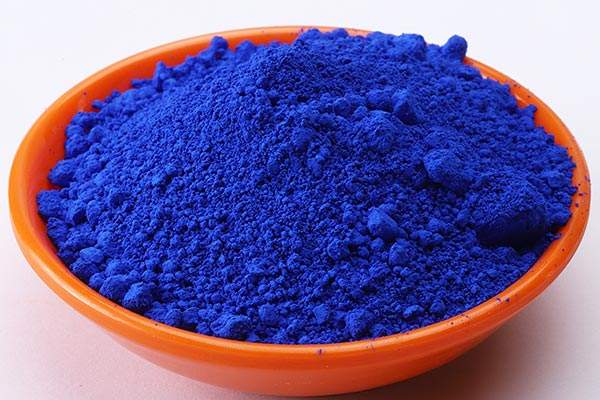Disperse dyes are non-ionic dyes with low water solubility. High temperature and high pressure are generally used for dyeing. In order to achieve uniform dispersion of dyeing, leveling agents are generally used during the dyeing process. Today, Encyclopedia will talk to you about the choice of leveling agents for disperse dyes. (The following method is also applicable to repair agent)
1. Staining properties
The retarding properties of leveling agents can inhibit the rapid dyeing in the early stages of dyeing, which is the primary factor in choosing leveling agents. The test method for slow staining is generally as follows:
1. Experimental materials:
Sample: polyester fabric after oil removal and refining
Recipe:
C.I. Disperse Orange 30# 0.5% (O.M.F)
C.I. Disperse Red 60# 0.5% (O.M.F)
C.I. Disperse Blue 79# 0.5% (O.M.F)
Leveling agent x g/L
pH: 4.5
Liquor ratio: 1:20

2. Experimental process:
Dope dyeing: dye at 40℃, raise the temperature to 130℃ for 30min and dye for 45min, respectively at 90℃, 100℃, 110℃, 120℃, 130℃, 130 Six times were taken at ℃ × 45 min. Half of the taken out cloth samples were reduced and washed (2g/L sodium hydroxide, 2g/L NaOH, 80℃ × 20min), and the other half was rinsed with tap water for about 30 s and then dehydrated and dried.
Residual liquid dyeing: After each sampling, measure 40mL of dyeing residual liquid, add 2g of polyester cloth for dyeing, and the process is the same as above.
3. Result evaluation:
The more uniform the color increase between the dyed samples at each sampling point, the lighter the color, indicating that the leveling agent has a better retarding effect.
2. Migration
Dye migration means that the leveling agent redisperses the high dye concentration parts of the dyed fabric into the dye, and then dyes the low dye concentration parts process, dye migration is an important performance of disperse dye color corrector.
As for the transferability, the following method is generally used to test:
1. Experimental materials:
Dyeed polyester fabric: Red (Un-se Red 0.5%) + Yellow (Un-se Yellow 0.8%) + Blue (Un-se Blue 0.5 %) + one piece each of undyed polyester fabric, and sew four pieces of fabric on one side to form a set.
Recipe:
Leveling agent x g/L
pH 4.5-5
Liquor ratio 1:20

2. Experimental process:
Dye at 40℃, raise the temperature to 130℃ for 30 minutes and transfer dyeing for 60 minutes. Take out the cloth sample, wash it with water and dry it.
3. Result evaluation:
The closer the colors of the color samples in the combination after dyeing are, the better the dyeing effect will be.
3. Achromaticity
For disperse dye leveling agents or color correcting agents, while achieving good slow dyeing and dye migration effects, the smaller the color loss, the more The better the performance. The recommended test methods for achromaticity are as follows:
1. Experimental materials:
Sample: 4g of polyester knitted fabric treated before oil removal
Recipe:
Leveling agent x g/L
C.I. Disperse Blue 79# 0.05% (O.M.F)
pH: 4.5
Liquor ratio: 1:20
2. Experimental process:
Dyeing at 40℃, raise the temperature to 130°C for 30 minutes and dye for 60 minutes. Take out the cloth sample, wash it with water and dry it.
3. Result evaluation:
Using the strength of the blank dyed cloth sample (without leveling agent) as the standard sample, measure the dyeing cloth under different leveling agent (color corrector) and dosage conditions Sample color intensity and color difference DE (can also be visually inspected), the higher the intensity, the smaller the color difference, indicating less color loss.
4. Dispersion
Dispersion is also one of the necessary conditions for a good disperse dye leveling agent. The dispersion of the leveling agent can avoid the agglomeration of the dye during the dyeing process (generally dispersed Dispersants are added during the dye production process). The following is a test method for the dispersion of leveling agents:
1. Experimental materials:
Recipe:
C.I. Disperse Red 167# 1.0g/L
Leveling agent x g/L
pH value 4.5
Total liquid volume 100mL
2. Experimental method:
Dye liquor heat treatment: heat the dye liquor to 130°C and keep it for 30 minutes, then cool it down to 70°C at a rate of 2°C/min.
Dye liquor filtration: First preheat the Buchner funnel with 70°C hot water and dry it with a towel, then stack the medium speed qualitative filter paper on the fast qualitative filter paper Place the funnel on top of the filter paper, turn on the vacuum pump, and pour the 70°C dye solution into the funnel. When the appearance of the filter paper changes from wet to dry, it is the end point. Take out the filter paper, dry the upper layer of filter paper, and evaluate.
3. Result evaluation:
Visually check the dye precipitation on the filter paper. The fewer the dye color spots, the better the dispersion.

 微信扫一扫打赏
微信扫一扫打赏

